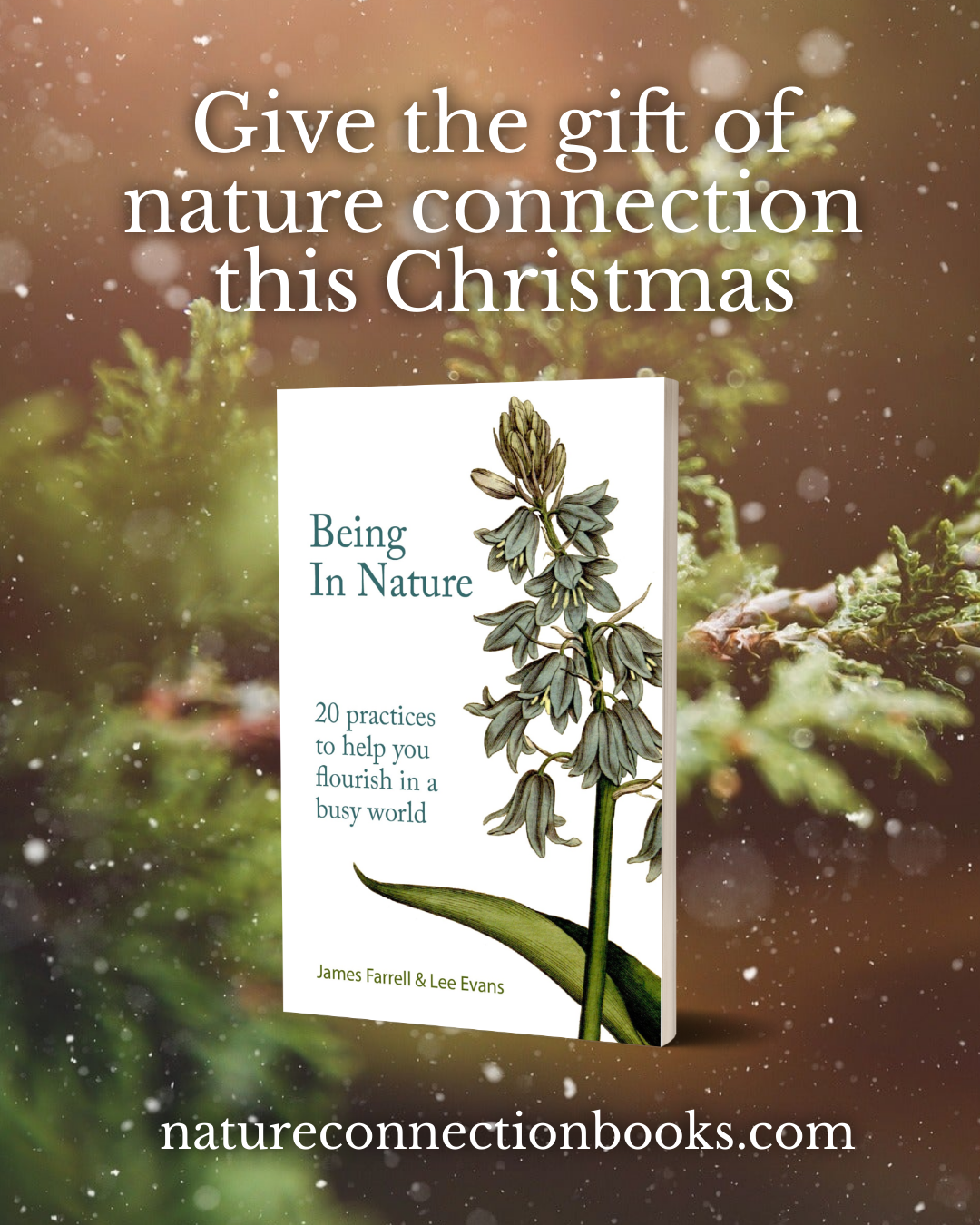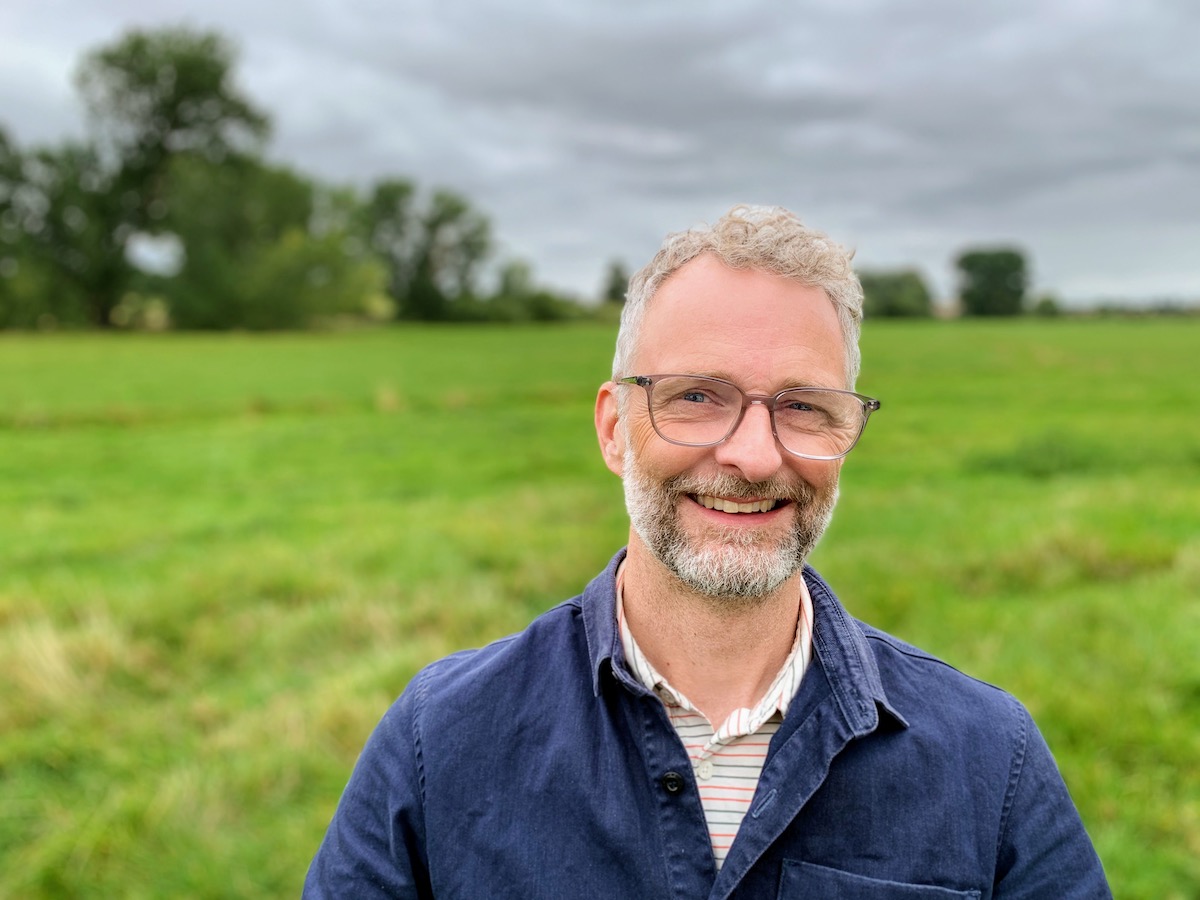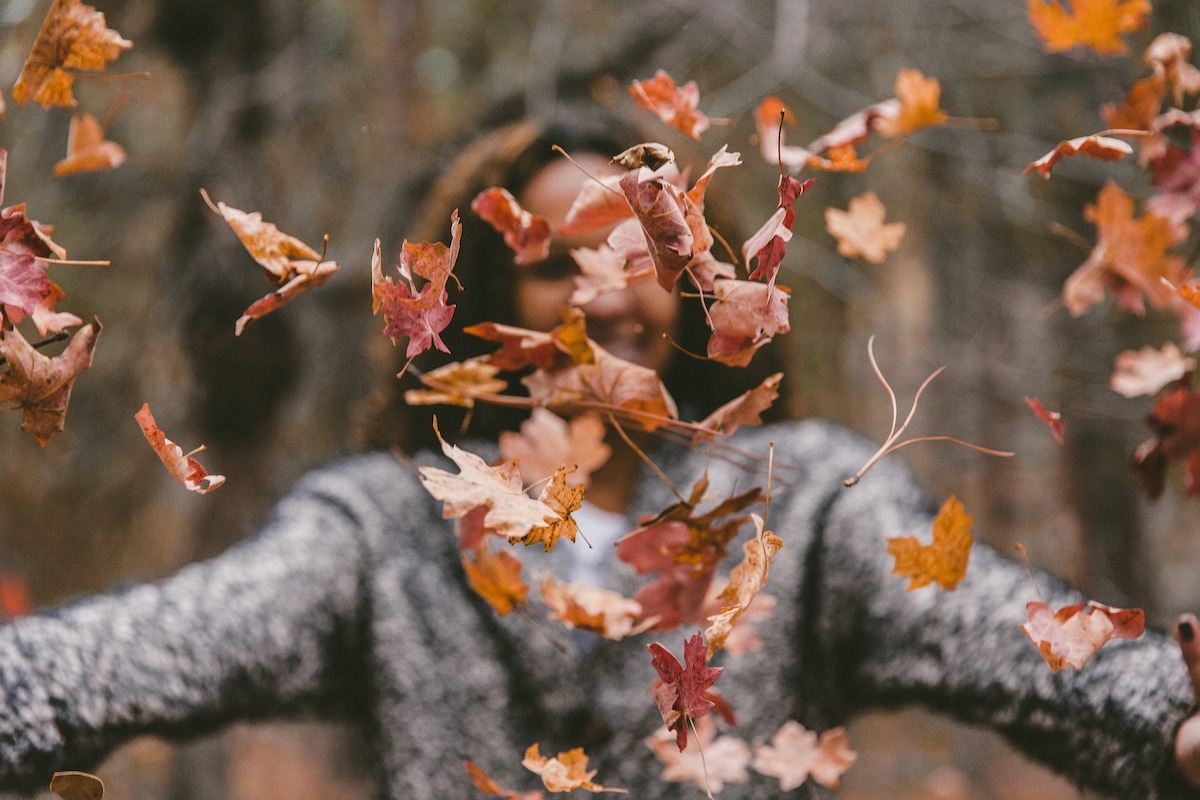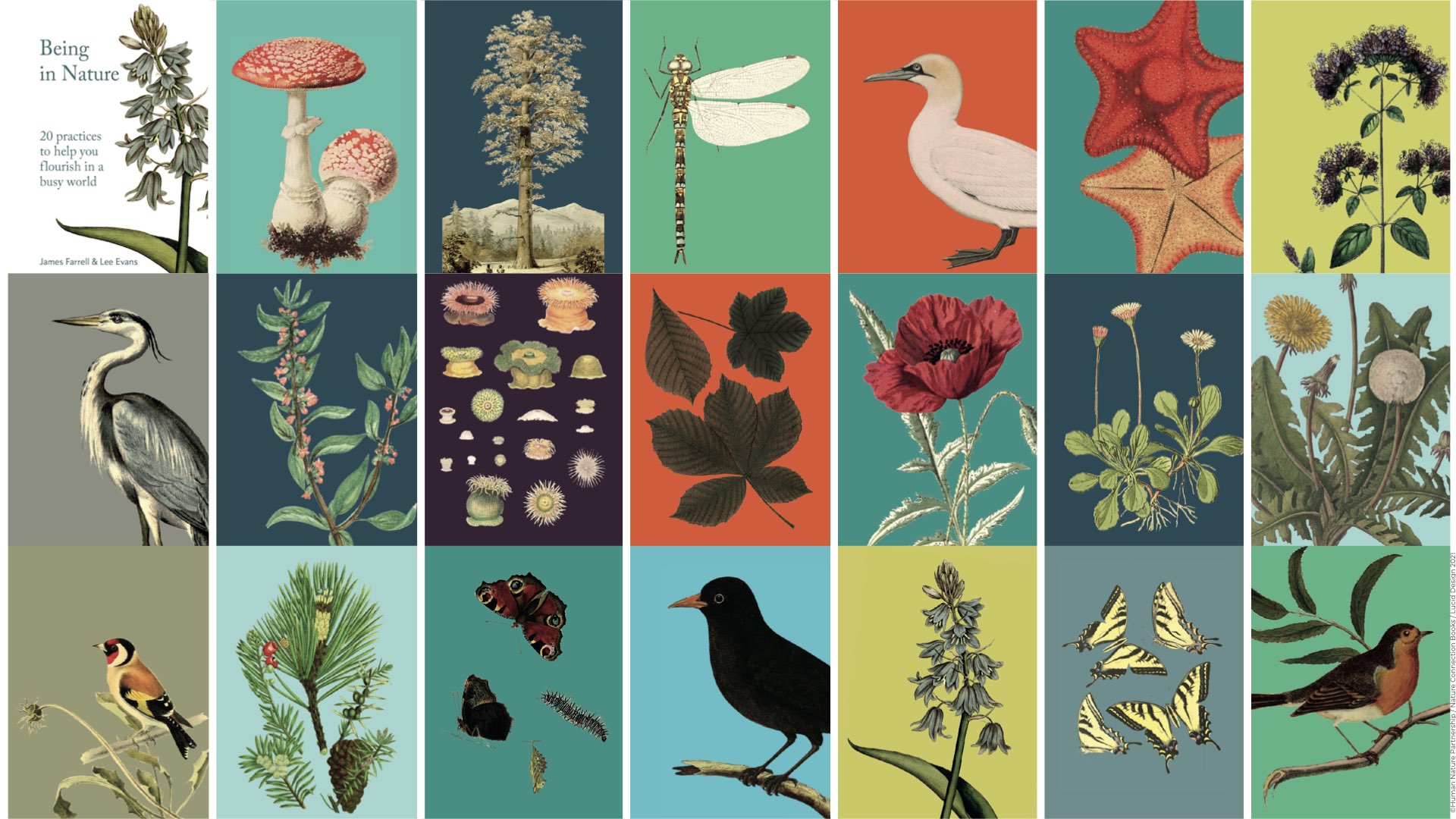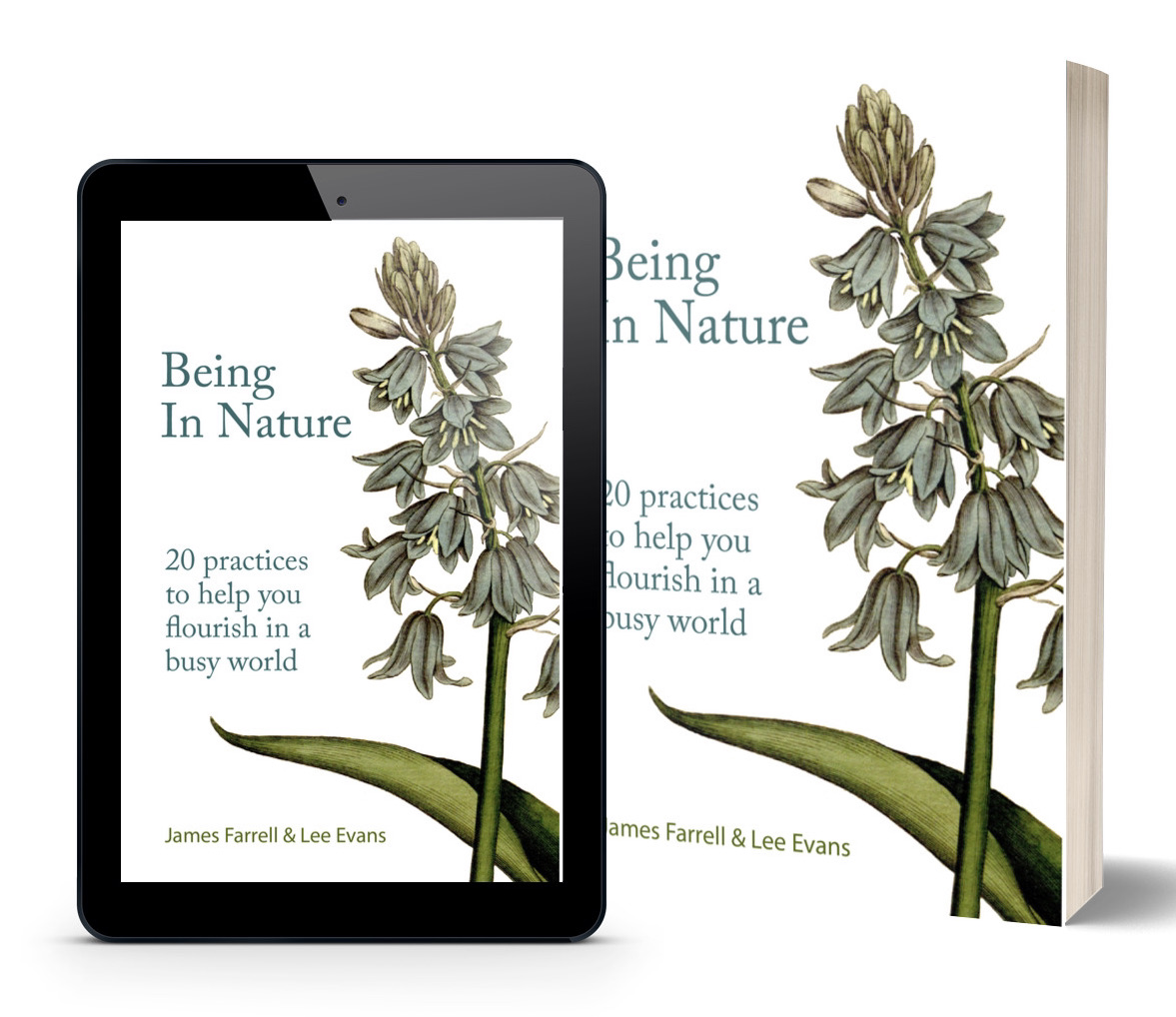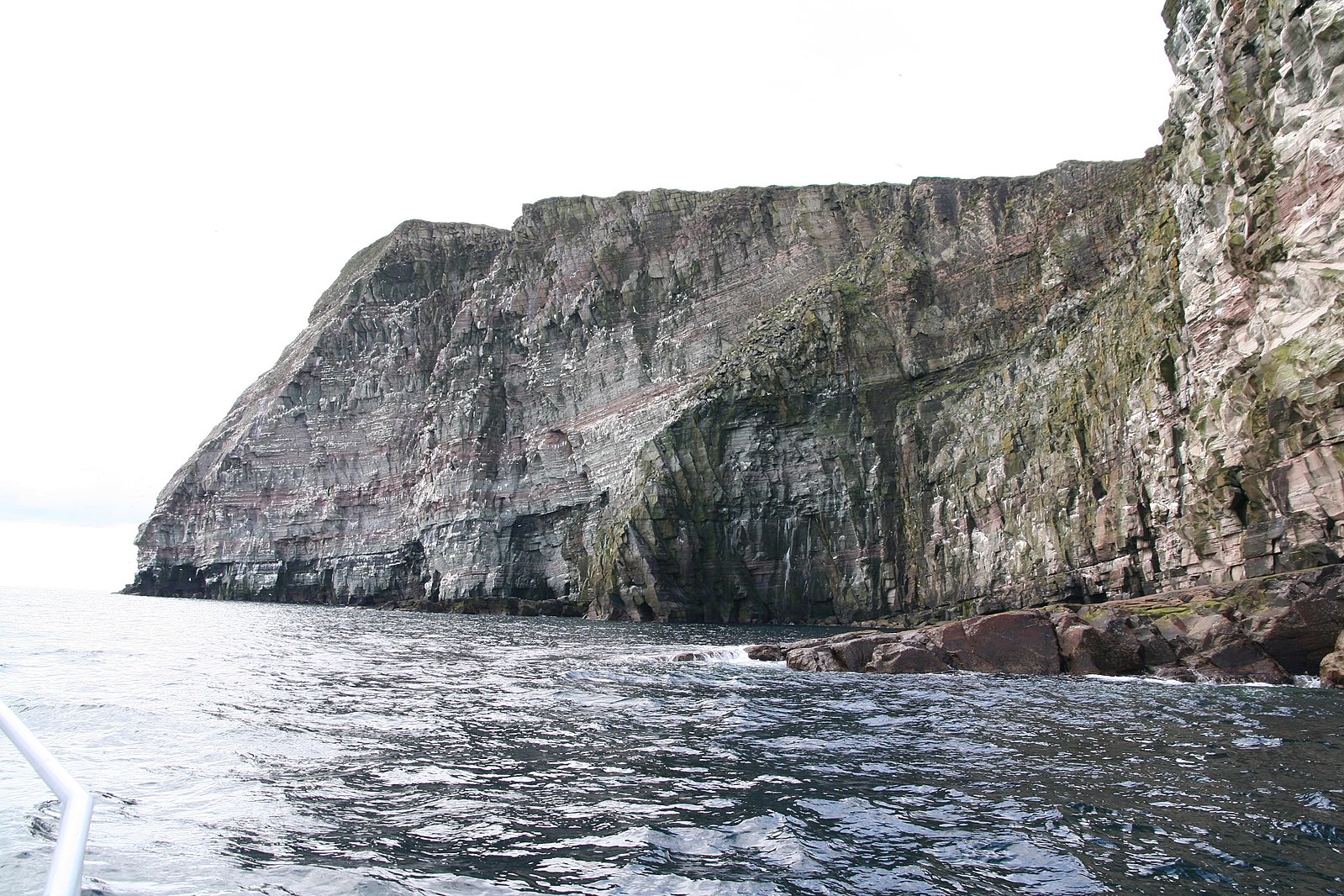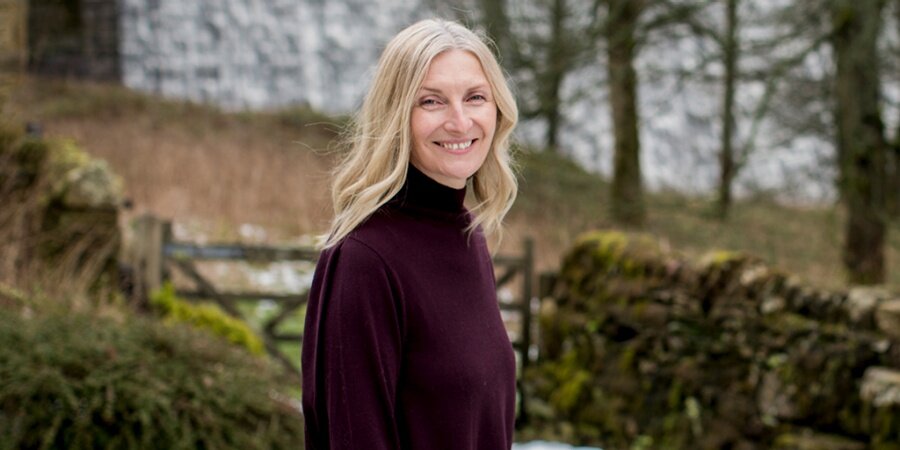
Yesterday I experienced the magic of bluebells in a Sussex woodland.
There were so many bluebells in this particular wood, that they formed a delicate blue cloud which seemed to float above the ground, undulating with the rise and fall of the landscape. The scent was striking – an almost heady, oily mixture of fresh watermelon and hyacinth.
Depending where you live in the UK, you’re probably not far from a bluebell wood right now (a ‘wild hyacnith’ wood if you’re Scottish!). A place which can connect you strongly to the past.
A connection to the past
Look for an old woodland, especially one containing oak trees, and watch for the delicate ‘native’ bluebell (Hyacinthoides non-scripta) rather than the taller and more upright and robust ‘Spanish’ hybrid (Hyacinthoides hispanica) that is popular with gardeners.
Bluebells are one of number of indicators that a woodland is ‘ancient’ – at least 420 years old. Consider who else may have trodden the same path as you over this time – Victorians, Medieval peasants, hunters.
Looking to the future
Your wood can also connect us to the future. Researchers are finding that bluebells have some interesting properties in the fight against parasites that cause sleeping sickness and Chagas disease, and is the subject of anti-cancer and HIV research.
Grateful for the present moment
A finally, consider the present. A moment of quiet reflection in a bluebell wood is made all the more poignant by how fleeting the experience is, and also because the native bluebell is so rare. Half the world’s population grows in the UK, and is at risk from hybridisation with garden varieties and commercial collection. Furthermore, they take 5 years to come to flower, and spread at the very slow rate of 0.3m per year.
I sat for a while, with the ‘Spring forward’ practice from the book ‘Being in Nature’. I felt inspired to do what I can to make a home for nature in my own life, and to spend as much time with bluebell spring before it fades for another year.
